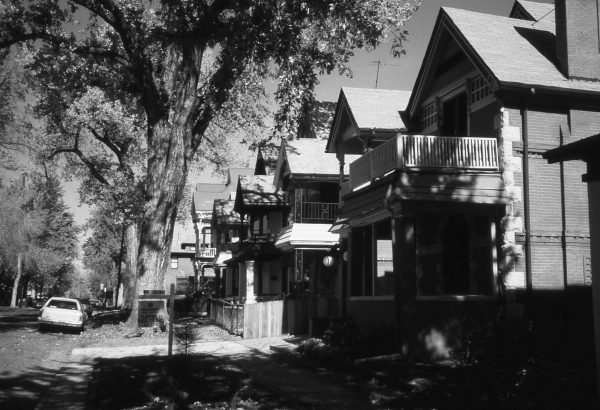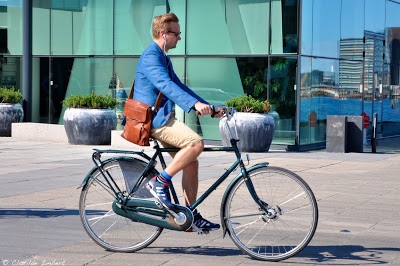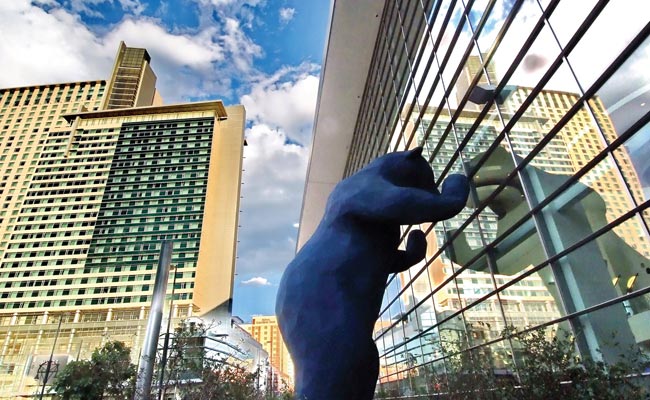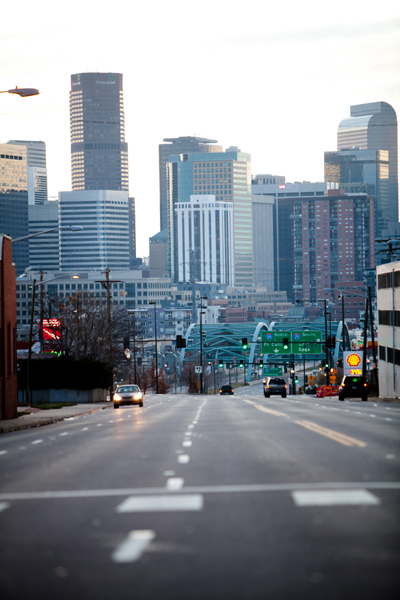Denver Urbanism: How old buildings learn new tricks

Ken Schroeppel is a faculty member of the College of…
One of the many factors that makes a city successful is adaptive reuse — which is urban planner-speak for the repurposing of old buildings. Converting a building designed for one purpose to serve in a new capacity is an important aspect of urbanism. Back in the ’60s and ’70s during the Urban Renewal era, the prevailing philosophy was to demolish any building past its prime. That modernist perspective held that older buildings are relics of the past with little value: tear them down and start over.
Today, we think differently. Giving a dilapidated building an extreme makeover not only makes for fun viewing on HGTV, but it’s also a sustainable form of urban development. Demolishing an existing building’s viable brick and steel and wood elements and then trucking in a bunch of new brick and steel and wood to construct a new building, can be a waste of energy and resources. Remodeling a structurally sound old building is an environmentally friendly alternative. Additionally, the reuse of obsolete buildings helps preserve the cultural and architectural heritage of the community. Consider, for example, the old buggy whip factory that became an auto parts warehouse, and then an artists’ co-op, and is now an incubator space for high-tech startups: the transformation over time tells the story of the neighborhood and encapsulates part of the physical and economic history of the city.
To show how important the reuse of buildings has been to Denver’s revitalization, let’s take a look at a few prominent examples.
Lower Downtown: LoDo’s Victorian-era warehouses fell into great disrepair during the postwar era. Thankfully, most of those handsome buildings with their red brick walls, high ceilings, and big timber beams were preserved and are now home to hundreds of lofts, shops, offices, and restaurants. Can you imagine Denver without LoDo?
Downtown REI: The massive brick building at the confluence of the South Platte River and Cherry Creek was built as the powerhouse for the Denver Tramway Company, where huge turbines generated electricity to power Denver’s once-extensive streetcar system. Later, the deteriorating structure housed a transportation museum and now, after a major restoration in 2000, the old powerhouse is re-energized as Denver’s flagship REI store.
1600 Glenarm: Built in 1967, the 32-story office building declined after a few decades of use and then sat vacant for many years, despite its location on downtown’s 16th Street Mall. Finally, in 2006, Red Peak Properties gave the tower a complete renovation and it now contains 333 posh apartments plus ground-floor shops and restaurants.
Flour Mill Lofts: Originally built in 1906 as the milling plant for Pride of the Rockies flour, the concrete structure at I-25 and 20th Street became a warehouse in the 1940s and then, for several decades, stood vacant and covered in graffiti. In 1998, Denver developer Dana Crawford restored the building into the upscale Lofts.
It may be easy to see how it made sense for grand buildings like these to be saved and reused. But what’s interesting is now we’re seeing even modest buildings being adapted to new uses. All over Denver, humble structures like gas stations, auto repair garages, and even mortuaries are being repurposed into neighborhood shops and restaurants.
Not all buildings worthy of preservation in Denver are saved from the wrecking ball, and some of the buildings that have been repurposed will eventually be replaced with new buildings. But the ongoing trend of adaptive reuse is a positive development that is helping make Denver a more sustainable, vibrant, and interesting city.
What's Your Reaction?
Ken Schroeppel is a faculty member of the College of Architecture and Planning at the University of Colorado Denver. He teaches in the Master of Urban and Regional Planning program. Ken is also the founder of the DenverInfill and DenverUrbanism website and blogs, which offer aspects of sustainable design and urbanism in the Mile High City. Find them at DenverInfill.com.










